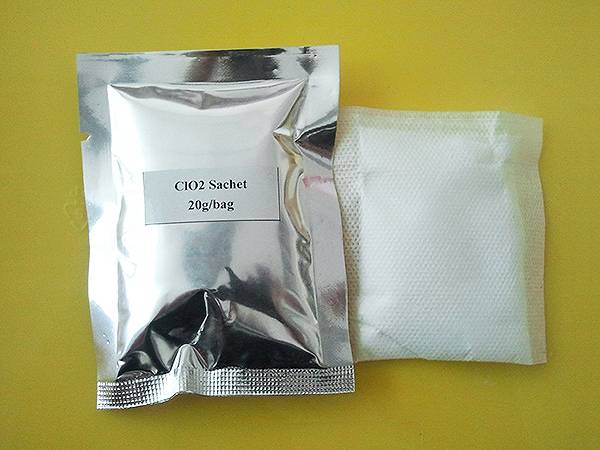



sodium hydroxide pdf
Sodium Hydroxide Properties, Uses, and Safety Precautions
Sodium hydroxide (NaOH), commonly known as lye or caustic soda, is a highly versatile and essential chemical in various industries. It is an alkali compound that is highly soluble in water, producing an exothermic reaction that releases heat. This property makes sodium hydroxide an important chemical for many applications, including in the manufacturing of soaps, detergents, and paper, as well as in the petroleum and textile industries.
Sodium Hydroxide Properties, Uses, and Safety Precautions
Sodium hydroxide finds extensive application in the chemical industry. It is critical in the production of chlorine and sodium hypochlorite, which are used in water treatment and disinfection. Moreover, it plays a vital role in the manufacturing of pulp and paper, where it is used to dissolve lignin—the component that binds fibers in wood. In the food industry, sodium hydroxide functions as a pH control agent and is sometimes used in food processing, such as curing olives and in the production of pretzels for their characteristic color and texture.
sodium hydroxide pdf

While sodium hydroxide is invaluable across many sectors, it is also important to recognize the hazards associated with its use. As a caustic substance, it can cause severe burns and injuries upon contact with skin, eyes, or mucous membranes. Therefore, proper safety measures must be implemented when handling this chemical. Personal protective equipment (PPE), including gloves, goggles, and face shields, should always be worn to prevent exposure. Additionally, it is crucial to work in well-ventilated areas to avoid inhaling any harmful vapors that may be released during its application.
In the event of accidental contact, immediate first aid measures should be taken. Rinse the affected area with copious amounts of water for at least 15 minutes and seek medical attention if any irritation persists. If sodium hydroxide is ingested, do not induce vomiting; instead, drink water or milk and seek emergency medical assistance immediately.
In conclusion, sodium hydroxide plays a critical role in various industrial applications due to its unique chemical properties. However, its caustic nature necessitates strict adherence to safety protocols to mitigate risks associated with its use. Understanding both its benefits and risks is essential for anyone who works with or encounters this potent chemical. As industries continue to advance, sodium hydroxide will remain a cornerstone in chemical processing and manufacturing.
-
Why Sodium Persulfate Is Everywhere NowNewsJul.07,2025
-
Why Polyacrylamide Is in High DemandNewsJul.07,2025
-
Understanding Paint Chemicals and Their ApplicationsNewsJul.07,2025
-
Smart Use Of Mining ChemicalsNewsJul.07,2025
-
Practical Uses of Potassium MonopersulfateNewsJul.07,2025
-
Agrochemicals In Real FarmingNewsJul.07,2025
-
Sodium Chlorite Hot UsesNewsJul.01,2025










